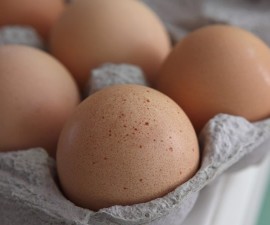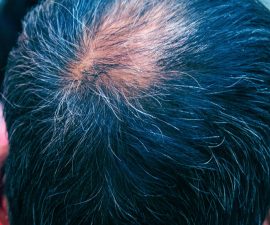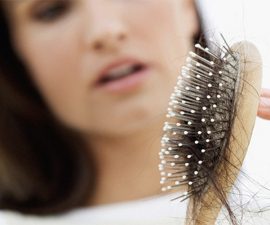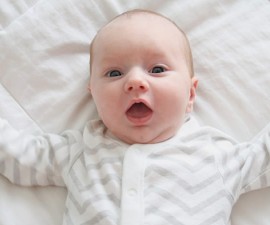Receding hairline is more common in men than women. Fortunately, it is usually harmless or doesn’t lead to serious complications. The treatment is not always necessary. But for most men, it can be very bothersome! Are there any treatments to treat and regrow it naturally? Do they really work?
Having receding hairline doesn’t always mean that you are going to become bald ‘completely baldness.’ But if you do concern about it, three are some treatment options and natural remedies to choose from! For a quick guide to what’s on this page.
How do you get receding hairline?
It is more common in men. But in rare cases, it can occur in women, too. It may be attributed by lots of factors. The bad news, it is usually genetic and early sign of male-pattern baldness (MPB).
Over time, the hair loss at hairline may be followed with thinning hair on the temples and crown, causing ‘a horseshoe shape’ at the side and back of the head. Luckily, it doesn’t always end with baldness, as noted before.
In men, the sign can be noticed at the late 20s-twenties or early 30s-thirties. This can vary – even there are also some men who start to lose a significant hair loss at the age of early twenties. But mostly, many men have it obviously by the time they are 50 or older.
Since male-pattern baldness is a genetic condition, this means that it may run in families. If you have a family history of receding hairline or baldness, your risk is higher to have the same condition later in your life.
The problem is not completely understood yet. Another theory, it may be linked to high production of dihydrotestosterone (DHT). In fact, many men with MPB have inherited hair follicles that are too sensitive to DHT.
DHT itself is derived from male hormone called testosterone.
While the role of genetic in causing receding hairline and baldness is not fully known yet, but experts do know that excessive DHT can affect the growth of hair follicles. And if you have hair follicles with a genetic sensitivity to DHT, the effect can be more significant.
Women can experience a significant hair loss, too. There is a condition called ‘female-pattern baldness’ (FPB). Baldness and receding hairline in women (including in those with FPB) is rare. But hair is often shed all over the scalp. Therefore many times women with FPB are not able to take hair transplant since they usually don’t have a stable donor site to be transplanted.
Unlike MPB, the link between genetic factor and FPB remains unclear. Instead, there are many evidences that blame a significant decrease in female hormones during menopause. In fact, hair loss in women (including for FPB) is most commonly found at the ages of 50s, the common ages for menopause.
Natural ways to help grow back receding hairline
The good news, the problem may not be always linked to genetic or male-pattern baldness.





How about thinning hair? Is there any cure for female thinning hair? Please help anyone
It’s dependent on the exact cause of your thinning hair.